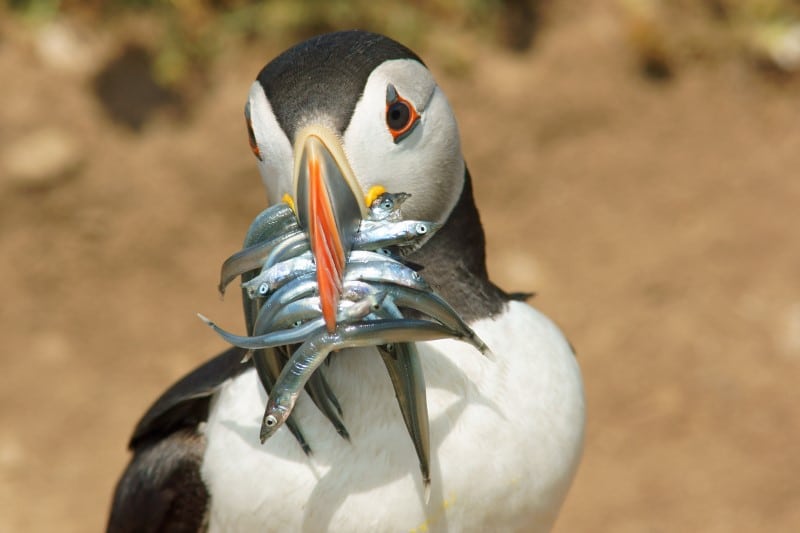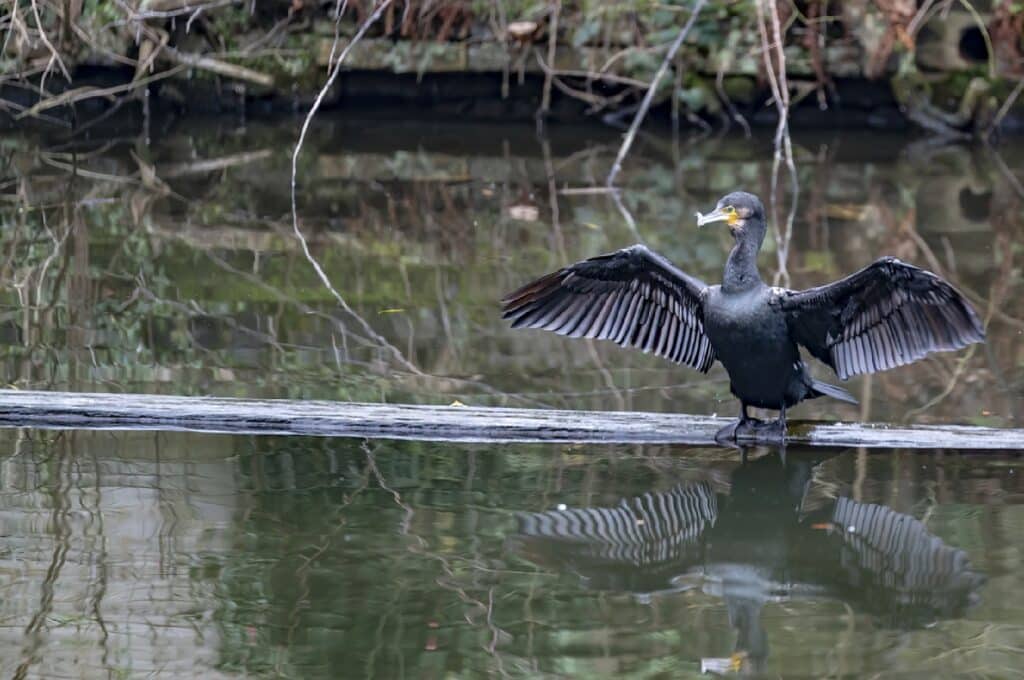Birds and the fishing industry
Compared with the billions of fish that are killed every year, the impact on birds of the commercial and recreational fishing industries might not seem to be important. The reality though is that huge numbers of birds die as ‘bycatch’ caught on hooks or in nets or discarded fishing gear; are unable to catch enough fish to feed their young; or are deliberately shot for ‘stealing’ fish from rivers and lakes.
Commercial fishing
Fishing vessels don’t specifically target birds, of course, but their operators have historically not appeared to mind too much if birds searching for fish get caught up as what the industry dismissively refers to as ‘bycatch’ – the enormous numbers of unwanted fish and other marine creatures trapped by commercial fishing nets during fishing and simply thrown away as ‘waste’.

Far from our own shores it’s estimated that every year longliners (vessels that set ‘long lines’ that trail behind them) set about three billion hooks which catch and drown an estimated 300,000 seabirds every year, including 100,000 albatrosses (most species of which are now considered close to extinction).
Closer to home many thousands of birds are dying in the same awful way.
A 2020 report by the Department for Environment Food and Rural Affairs estimated that between 2,200 – 9,500 Northern Fulmars and 1,800 – 3,300 Common Guillemots are ‘unintentionally’ killed by UK-registered fishing vessels in UK waters each year.
At least ten seabird species have been recorded as bycatch in UK waters, many of which are included in the Red or Amber Lists of Birds of Conservation Concern. (Further studies have revealed that bycatch is also responsible for catching and killing around 1,000 harbour porpoises, 250 common dolphins, 475 seals, 35 minke and humpback whales in UK waters every year.)

Overfishing is rife across the planet (the World Bank estimated in 2017 that almost 90 percent of global marine fish populations are now fully exploited or overfished.
The emptying of the seas around the British Isles is having a devastating impact on seabirds like Atlantic Puffins and Kittiwakes that depend on sand eels (small fish, several species of which are often grouped together under this name).
As their food disappears, the climate crisis is also impacting seabirds. In September 2021 thousands of seabirds were found dead and starving along Britain’s east coast. Rising water temperatures appears to be driving their prey into deeper waters putting them out of the reach of even birds that can typically dive to 50m (somewhat mirroring the tragic deaths from starvation of between 250,000 and 500,000 Cassin’s Auklets off the west coast of the US in late 2014 to early 2015 .
Recreational fishing
Recreational fishing (or angling) is a huge business for fishery owners.
Owners essentially sell fish to anglers, and (much like the shooting industry and its attitude towards native predators) anything that threatens profits ‘must’ be killed.
They regularly ask for (and get) licences from the government to kill birds like (Great) Cormorants, Goosanders, and Red-breasted Mergansers.
Like Puffins and Kittiwakes, these birds are obligate piscivores – in other words, unlike us they eat fish and nothing else. For these species fishing is not a ‘sport’ but a means of survival.
Incredibly, Natural England, the government’s adviser for the natural environment in England, has issued licences to fishery owners to kill more than 11000 Cormorants over a five year period.
NatureScot states on its website that “We can grant licences to permit the killing or taking of wild birds to prevent serious damage to fisheries” – the damage they’re talking about here is economic, not environmental.
And the Angling Trust regularly pushes for licences to kill ducks they blame for declines in salmon numbers: rather than ducks, evidence points instead to the impacts of the climate crisis, pollution and fish farming.

